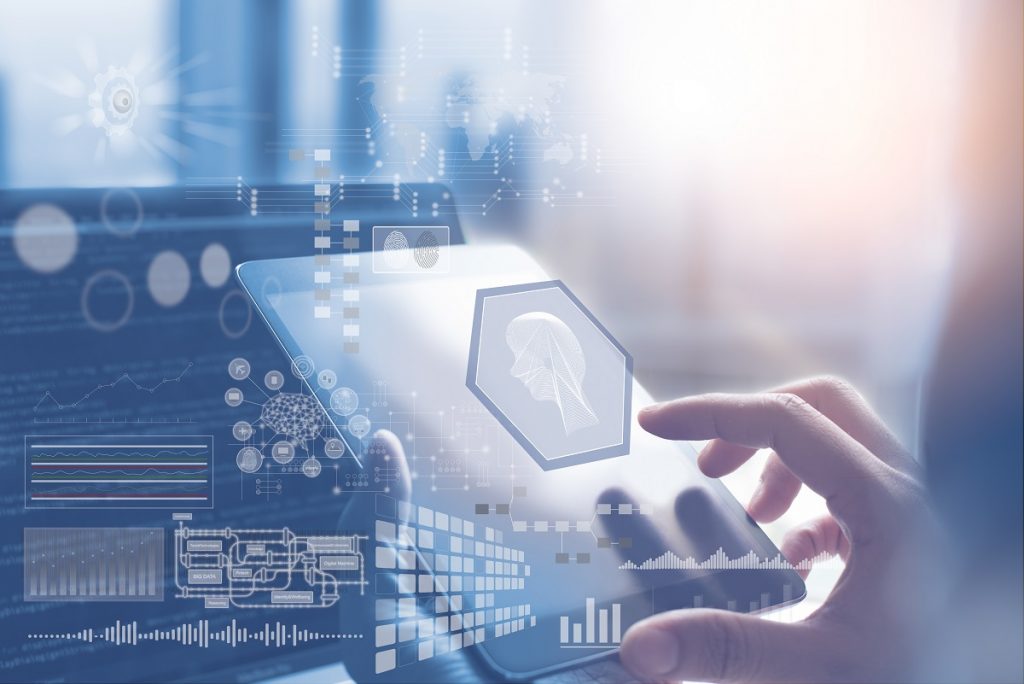lmost every person on the planet knows about the Internet and has used it for school, work, business, or for entertainment. But how many have heard about the Internet of things (IoT)? It was first conceptualized way back in 1982 but it has not gone mainstream until the year 2020. Read more about IoT, its impact, and how it will change the lives of people across the planet in the years to come.
What Is the Internet of Things
The Internet of things is generally defined as “a system of interrelated computing devices, mechanical and digital machines provided with unique identifiers and the ability to transfer data over a network without requiring human-to-human or human-to-computer interaction.” At present, it is used in many kinds of industries for the purpose of tracking business processes, improve employees’ productivity, integrate data for decision-making, and improve business incomes. The use of Iot is more common in the fields of transportation, utilities, and in the manufacturing of all kinds of products.
Examples of How IoT is Used
In agriculture, IoT is also helping farmers improve the productivity of the land, monitor the growth of specific crops, and identify areas where farming techniques need to be improved. When farmers are able to leverage data and information, they are able to know the best time to plant a particular crop. They know the right amounts of water, fertilizers, and other plant boosters to use for each species of plants. In some cases, they also monitor data of which plants are bought more than others, which guides them on what crops sell best in a particular market.
Urban development is also a key beneficiary of IoT technology. Cities such as SoSongdo in South Korea have been called a “smart city” because of the ubiquity of IoT from its street lights, public buses, to utilities in homes and offices. A number of technology-driven self-publishing companies have also used IoT to gather volumes of data and information from online sources to establish topic preferences, most purchased book titles, and to do SWOT (strengths, weaknesses, opportunities, and threats) analysis of a book draft to determine its marketability and niche in the publishing industry.
Another good example of an IoT application is in the automotive industry. A typical computer box inside a car is also an IoT-enabled technology where various sensors installed in many car components are gathered, analyzed, and presented as actionable information on a driver’s instrument panel. Seeing a “check engine” light turn on is one of the most unnoticed yet useful applications of the Internet of things technology.
More advanced car computers would have already displayed a list of nearby car repair shops on the vehicle’s LED screen, including the specific repair and parts that will be needed. A Wi-Fi-enabled car connected to the IoT would also send a message to the car manufacturer, placing an order for that specific component if it not available in the car repair shop. On a larger scale, the reports and data sent out by individual car computer boxes are collated by the manufacturer to identify trends and specific manufacturing batches that have assembly errors or malfunctioning parts. With that information gathered securely via an IoT network, the car manufacturer can correct the malfunctions and help ensure car efficiency and driver safety.

How Will IoT Change People’s Lives
But how does IoT actually work and how will it change people’s lives? There are as many answers as the number of applications that this remarkable technology has. ; For example, using big data from multiple sources, health agencies and research laboratories can analyze aggregated data on viruses from different countries and continents. The results of the analysis can be used as the foundation for the development of vaccines, medicines, and other interventions to help contain a pandemic like the novel coronavirus.
The street traffic sensors that transmit data to an IoT database will help local governments and public safety departments to monitor road traffic, respond to motor vehicle-related crashes, and isolate areas that are prone to car collisions and pedestrian accidents.
At the individual level, an IoT-enabled component on a wristwatch can track a person’s heart rate, respiration, and other health indicators. The data is automatically sent via Wi-Fi to his physician or hospital of choice for periodic evaluation. Based on data from the wristwatch, doctors can recommend a medication or procedure, if necessary. As a result, real-time monitoring of individual patients is now possible and has made health care a minute-by-minute function without requiring too much time and effort.
What Is Next for IoT?
Right now, many IoT devices are installed in homes of people who live in more advanced economies. These devices help them monitor and control utilities like water, electricity, lighting, and heat. Soon, more of people’s daily work and functions will be enhanced by this technology unlike any society in human civilization has ever seen and will become as normal as a coffee machine or a smart phone. Mark Weiser said it best in his article for the Scientific American in 1991: “The most profound technologies are those that disappear. They weave themselves into the fabric of everyday life until they are indistinguishable from it.”

